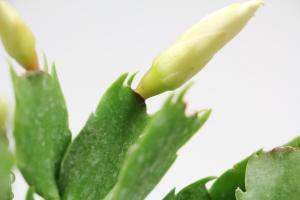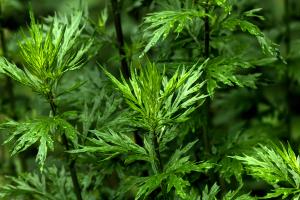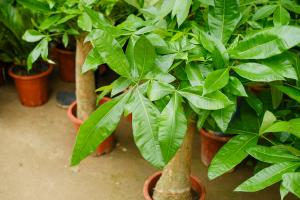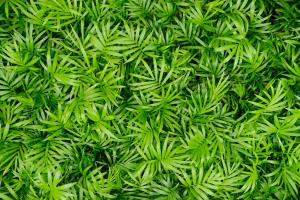What Part of the Plant Stores Excess Water and Food
Plants are unique organisms that have evolved various adaptations to thrive in different environments. These adaptations include mechanisms for storing excess water and food, which plants need to survive periods of drought and other environmental stresses. One of the most important plant adaptations for storing excess water and food is the presence of specialized plant tissues called parenchyma cells.
Parenchyma Cells and Plant Adaptations
Parenchyma cells are one of the most common types of cells found in plants. They are specialized cells that are capable of storing excess water and food, thanks to their large central vacuoles. Vacuoles are membrane-bound sacs found within cells that can store a variety of substances, including water, nutrients, and waste products.
In addition to their function as storage cells, parenchyma cells can also perform a variety of other roles in plants. For example, they can be involved in photosynthesis, the process by which plants use sunlight to convert carbon dioxide and water into glucose and oxygen. They can also assist with wound repair, produce hormones, and even act as protective barriers against pathogens.
Specialized Parenchyma Cells for Storing Excess Water and Food
While all parenchyma cells are capable of storing water and nutrients, some are specifically adapted for this purpose. These specialized parenchyma cells are known as storage parenchyma cells, and they are found in various parts of plants, including roots, stems, and leaves.
In roots, for example, storage parenchyma cells often form a structure known as the cortex. The cortex is the outermost layer of cells in a root, and it serves to protect the inner tissues from damage. Within the cortex, storage parenchyma cells can accumulate large amounts of starch, which can be used as a food source during periods of drought or other stresses. Similarly, in stems and leaves, storage parenchyma cells can store excess water and other nutrients, helping the plant to survive in harsh environments.
Other Plant Adaptations for Storing Excess Water and Food
While storage parenchyma cells are an important adaptation for storing excess water and food, they are not the only adaptation that plants have evolved. Other adaptations include mechanisms for reducing water loss from leaves and stems, such as stomata, which are small pores on the surface of leaves that can open and close to regulate gas exchange.
Plants can also store water and nutrients in specialized tissues known as succulent tissues. Succulent tissues are found in plants such as cacti and succulents, and they are designed to store large amounts of water in the fleshy tissues of the plant. This allows these plants to survive in arid environments where water is scarce.
Conclusion
In conclusion, the ability to store excess water and food is an important adaptation for plants that allows them to survive in a variety of harsh environments. Parenchyma cells are specialized plant tissues that play a key role in this adaptation, allowing plants to store water and other nutrients in various parts of their bodies. Other adaptations, such as succulent tissues and mechanisms for reducing water loss, also help plants to store and conserve vital resources. As a result, plants are able to thrive in environments that would be inhospitable to most other organisms.

 how many times do yo...
how many times do yo... how many planted tre...
how many planted tre... how many pine trees ...
how many pine trees ... how many pecan trees...
how many pecan trees... how many plants comp...
how many plants comp... how many plants can ...
how many plants can ... how many plants and ...
how many plants and ... how many pepper plan...
how many pepper plan...






























